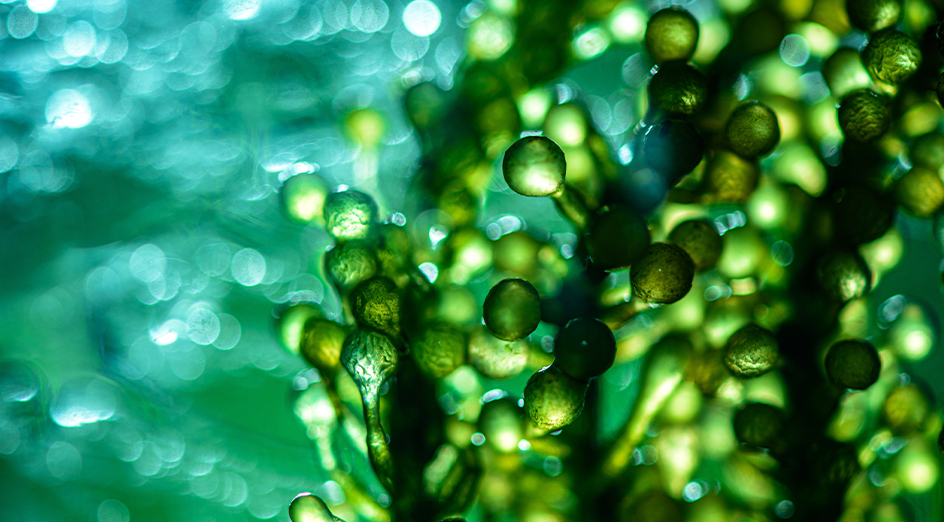New research into the Arctic Ocean’s ecosystem has highlighted the crucial role of tiny microalgae, seaweeds and seagrasses, known as benthic primary producers, in sustaining life in Arctic waters.
But the study has also revealed the loss of sea ice is having complex effects on marine ecosystems and ocean productivity in the Earth’s northernmost bodies of water.
Dr Karen Filbee-Dexter, a senior lecturer at The University of Western Australia’s School of Biological Sciences, was co-author of the paper Seafloor primary production in a changing Arctic Ocean published today in Proceedings of the National Academy of Sciences.
She said while phytoplankton and sea ice algae had long been seen as the main players in Arctic marine life, the new research revealed that underwater plants and seaweed growing on the shallow sea floor, known as BPPs, played a vital role in providing food and energy to other marine organisms.
“BPPs are often overlooked but are incredibly important in the Arctic, covering around three million square kilometres of the Arctic sea floor,” Dr Filbee-Dexter said.

“With sea ice loss, the seafloor area exposed to sunlight is increasing by an estimated 47,000 square kilometres each year.
“We might expect to see more microalgae, seaweeds and seagrasses taking advantage of this increased light however, surprisingly, their growth has only increased in certain areas, despite the sea ice loss over the past two decades.
“This is because although there is more light on the sea surface, the water has become less clear due to particles carried by the many rivers which flow into the ocean, which balances out the increase in sunlight.”
Dr Filbee-Dexter said that, overall, the findings suggest that climate change is having complex effects on the availability of light in the Arctic Ocean and the ability of marine organisms to produce food.
The study also provided the first estimate of the seafloor production of Arctic BPPs, which is substantial.
“We found that BPPs account for between 20 to 35 per cent of annual phytoplankton production, converting sunlight and inorganic nutrients into organic matter through photosynthesis,” Dr Filbee-Dexter said.
“Our research underscores the need for further comprehensive studies on BPPs and their inclusion in Arctic ecosystem models to accurately assess the impacts of climate change on Arctic marine life.”







